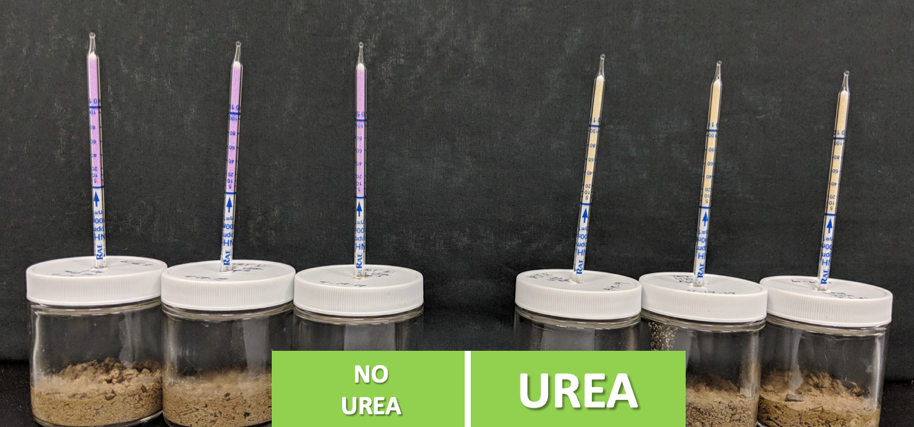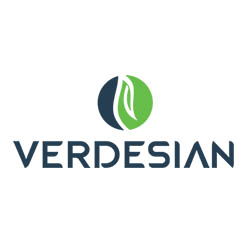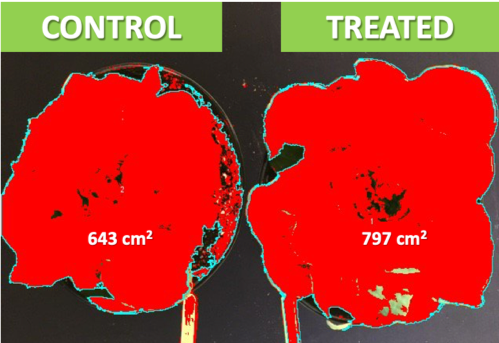Early Technology Validation (ETV)
Verdesian’s diverse portfolio includes types of technologies that influence plant growth and development in many different ways. To meet this challenge, the Verdesian’s Early Technology Validation team assesses new technologies that have viable opportunities within our pipeline of Nutrient Use Efficiency technologies. Conducting tests in the lab and greenhouses is a critical part of our stage-gate process for technology advancement as we determine the target plant species, set rates and application types, develop new evaluation methods, and identify potential effects of new compounds.
In 2018, Verdesian opened and began building our early screening capabilities in the lab and greenhouse, focusing mainly on evaluation of row crops such as corn and soybean, with limited work in wheat and turfgrass. Throughout 2019, Verdesian has expanded our technology screening capability to include a number of specialty crop species, developed methods for measuring nitrogen losses, and implemented image analysis data collection. The expansion in capabilities allow us to collect a large amount of high-quality data in short times and to make scientifically supported decisions on the new technologies efficiently.
In the short time period since its start in November 2018, the ETV team has assessed and advised 22 new technology concepts that include more than 80 different active ingredient compounds or stacks evaluated by business, marketing, legal, operations, regulatory, and R&D. Those concepts were originated from multiple sources, some coming from within Verdesian’s innovation engine, while others arose through external business partners and technology providers. Opportunities that do not meet Verdesian’s assessment criteria or technologies that do not perform are removed or recycled from the R&D pipeline. For technologies advancing through the process, continued evaluation is occurring to determine their potential values for the growers in field trials.

Draeger tubes are used to detect the presence of ammonia gas as it volatilizes off of nitrogen fertilizer in field soil. On the left, tubes remain pink in the jars with no urea. On the right, urea breaks down to release ammonia that changes the tube color from pink to yellow.
Measuring Nitrogen Loss
Nitrogen is the nutrient needed in the greatest amount by plants, and N inputs are costly to growers. Nitrogen can be lost by leaching as water moves through the soil profile, or as gases via microbial or chemical processes in the soil. In the lab, Verdesian built leaching columns filled with field soil to better understand how nitrogen stabilizers affect nitrate loss. For gaseous loss of nitrogen, color-changing gas detection tubes were used to measure N loss through ammonia volatilization. Verdesian’s next challenge is to develop a method to quantify the loss of another important nitrogenous gas, nitrous oxide.

Expanding Specialty Crop Research
Verdesian continues to screen new technologies in agronomic crops, and is expanding into screening specialty horticultural crops, including lettuce, tomato, and a few floriculture species. The economical and agronomical attributes of some new technologies make them a better fit in high-value, specialty crops. These crops allow us to look at a variety of target harvestable parts including the leaves, fruit and flowers. Unlike broadacre crops, this set of specialty crops can complete their life cycle in the greenhouse, allowing us to assess season-long growth patterns and yield. Verdesian early research has seen promising results with technologies that had little effect on corn or soybean growth but had notable effects in specialty crops, e.g., lettuce.
Image Analysis
Image analysis is another Verdesian capability being developed to quantify multiple growth characteristics from a single image. Biostimulants and biologicals can change the shape of the root system or shift the plant’s investment from thick anchor roots to the fine roots that take up nutrients. This shift may be indistinguishable with naked eyes, even though it can make a big difference in nutrient use efficiency. Through image analysis, Verdesian is working to quantify these physiological plant changes and identify new active ingredients that change how plants obtain nutrients. When we increase the volume of soil a plant has for scavenging nutrients, we also change the resources a plant has for aboveground growth. We can measure this growth in many ways, including looking at plant dimensions through image analysis as exemplified with lettuce in the image above.
Media Relations
Lindsey Robinson
Marketing Operations Manager


